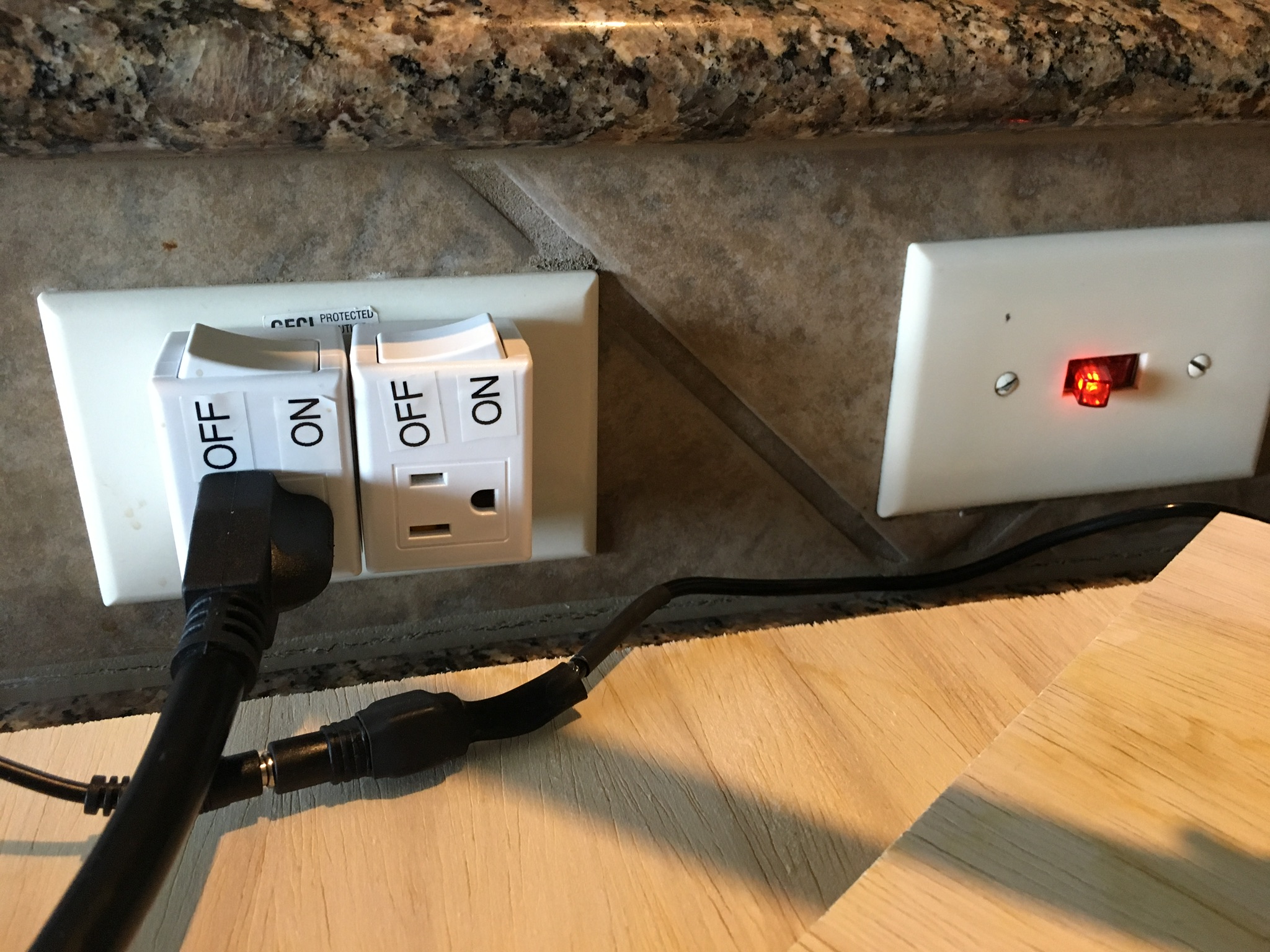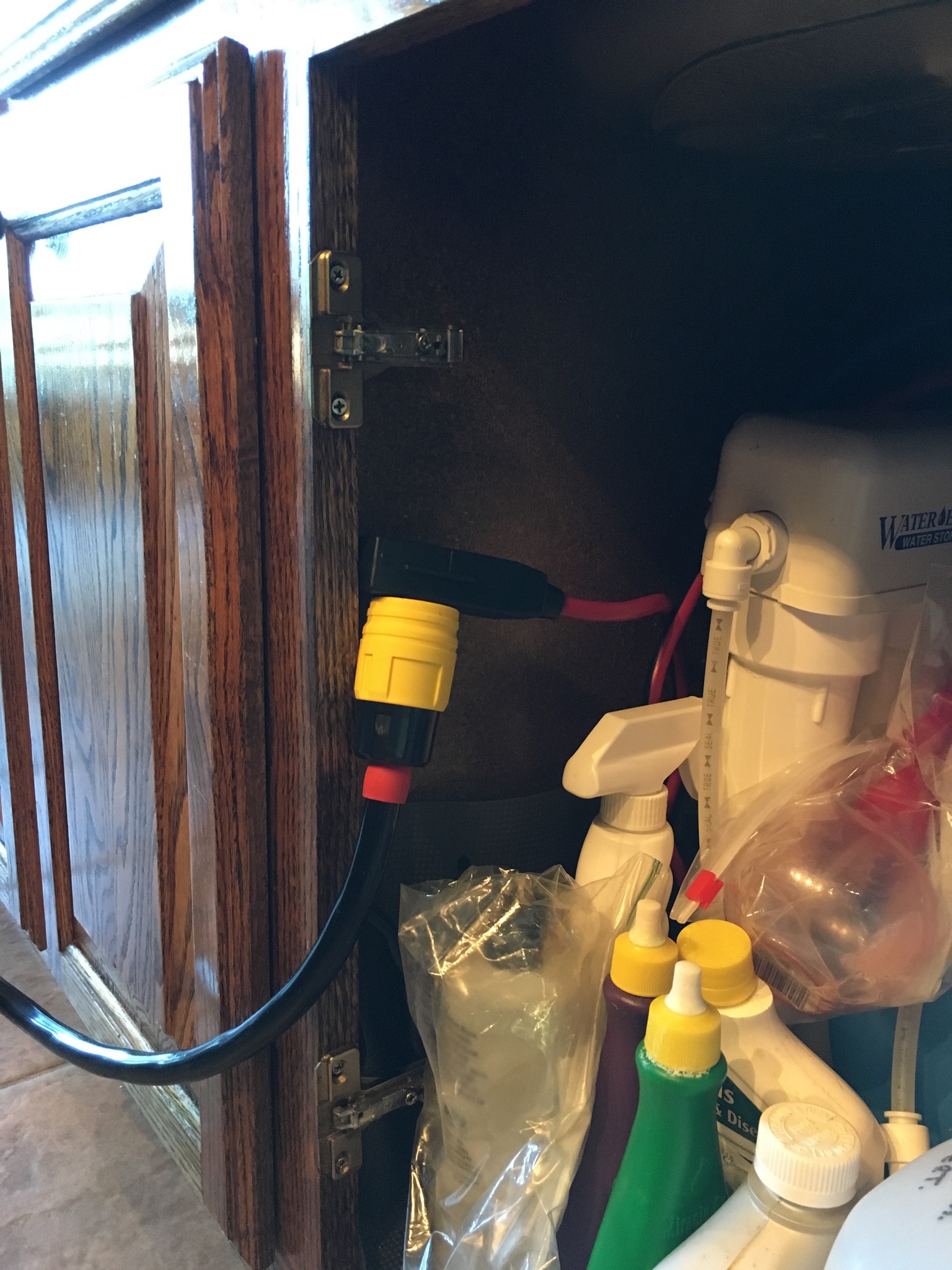I so brewed for about 5 years, 4 of those years all grain. I lived in a house and would mash indoors, then take the filled kettle outside and boil on a Blichmann burner, cool with chiller connected to garden hose, then take back inside and transfer to fermenter. My ex wife and I divorced 2 years ago and I've been in an apartment since and haven't brewed as I didn't want to do batches less then 5 gallons. I know it can be done and I'm itching badly to return to brewing so I want to give it a try.
What is the best way to do 5 gallon batches (say boil 7 gallons) on the stovetop? I know about heat sticks, I'm guessing the gas stove plus one heat stick would be sufficient? If so, does anyone have a recommendation for one that I can buy online? (I don't want to build my own). Also, what's the deal with the Blichmann Electric boilcoil systems? I see they sell them in 120v but from what I've gleaned online 120v is just not enough for a full 7 gallon starting boil. Are they meant for pluging into 2x120v rails?
Thanks again for any help you can lend.
Rev.
What is the best way to do 5 gallon batches (say boil 7 gallons) on the stovetop? I know about heat sticks, I'm guessing the gas stove plus one heat stick would be sufficient? If so, does anyone have a recommendation for one that I can buy online? (I don't want to build my own). Also, what's the deal with the Blichmann Electric boilcoil systems? I see they sell them in 120v but from what I've gleaned online 120v is just not enough for a full 7 gallon starting boil. Are they meant for pluging into 2x120v rails?
Thanks again for any help you can lend.
Rev.






